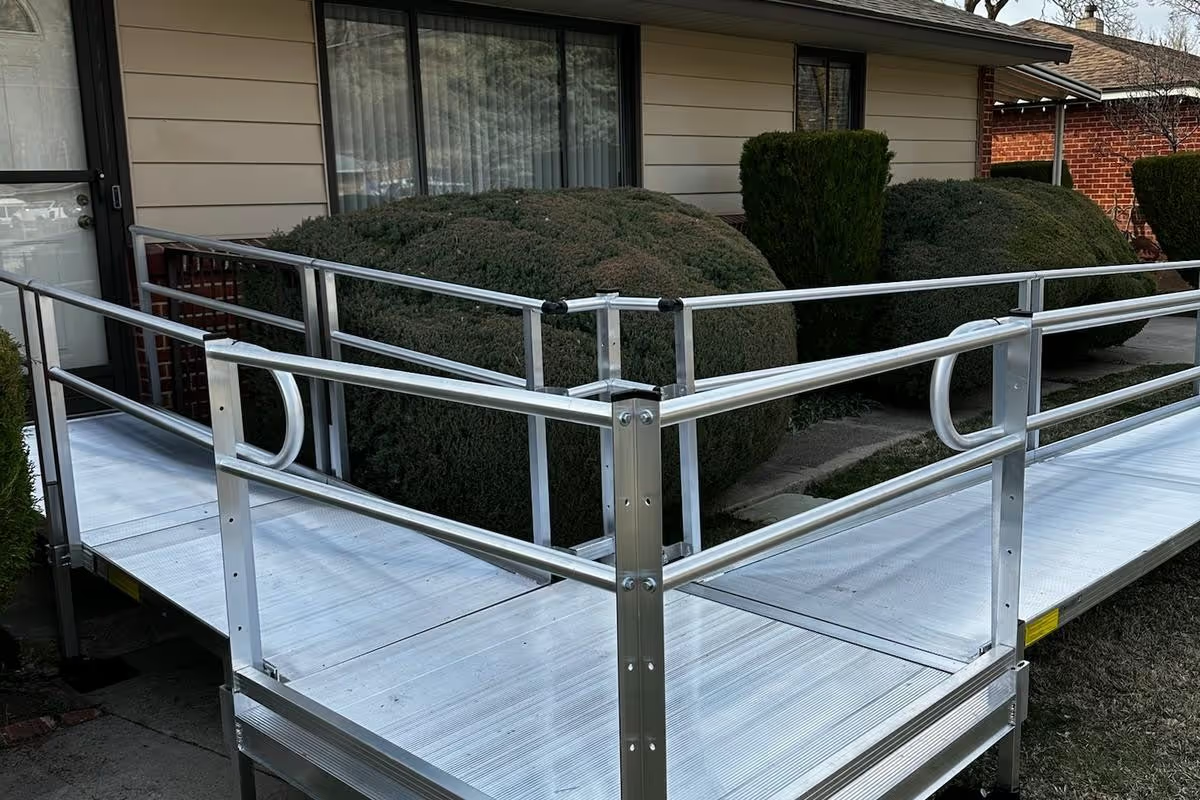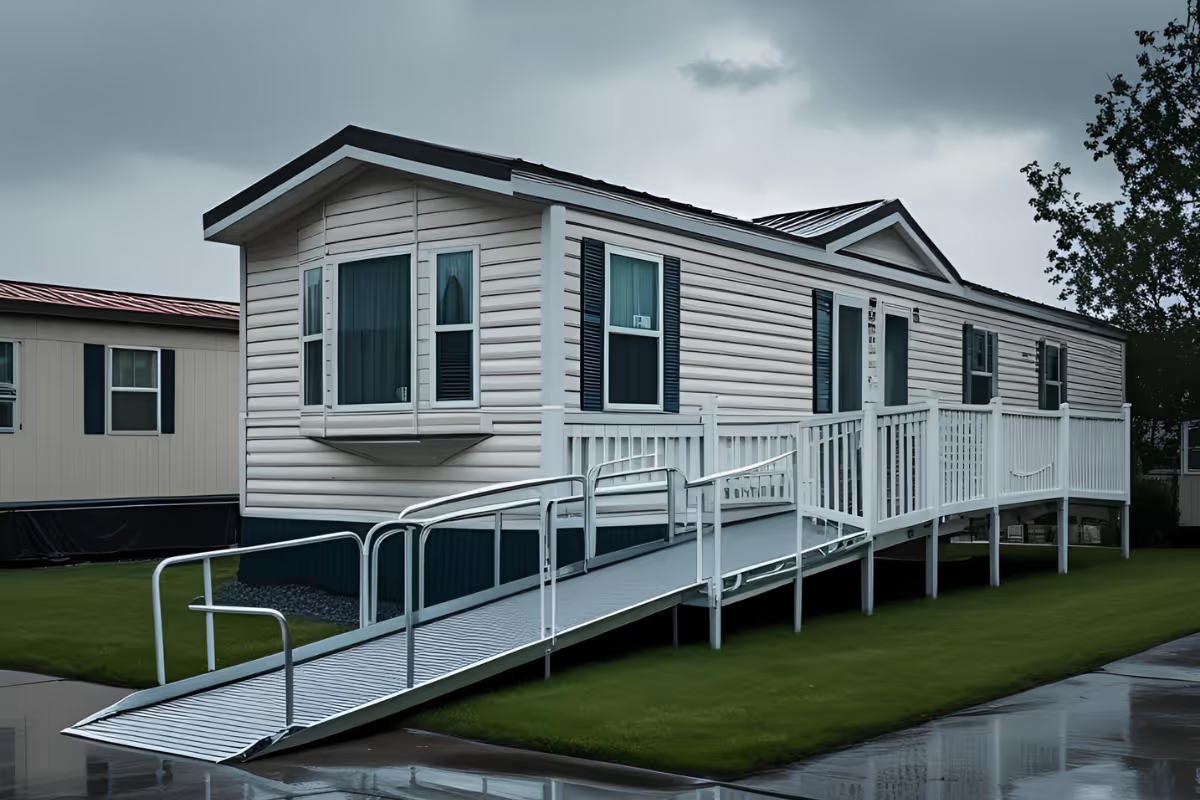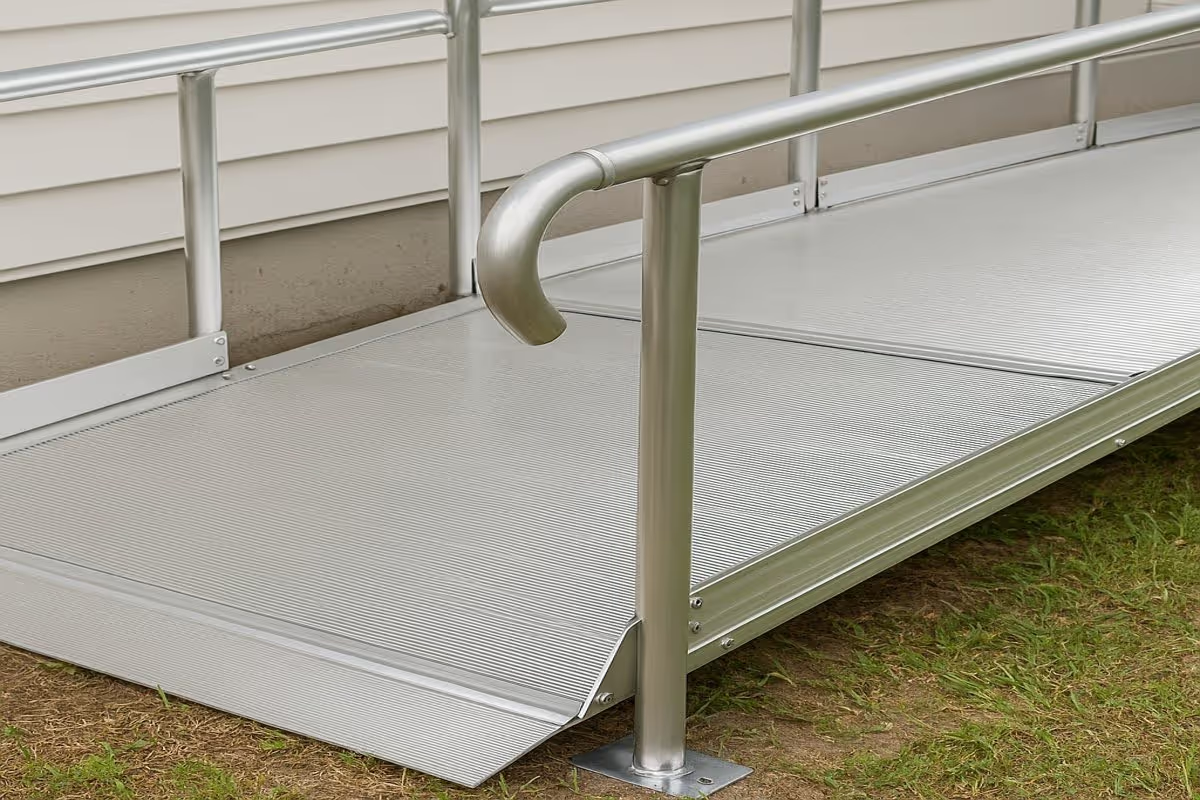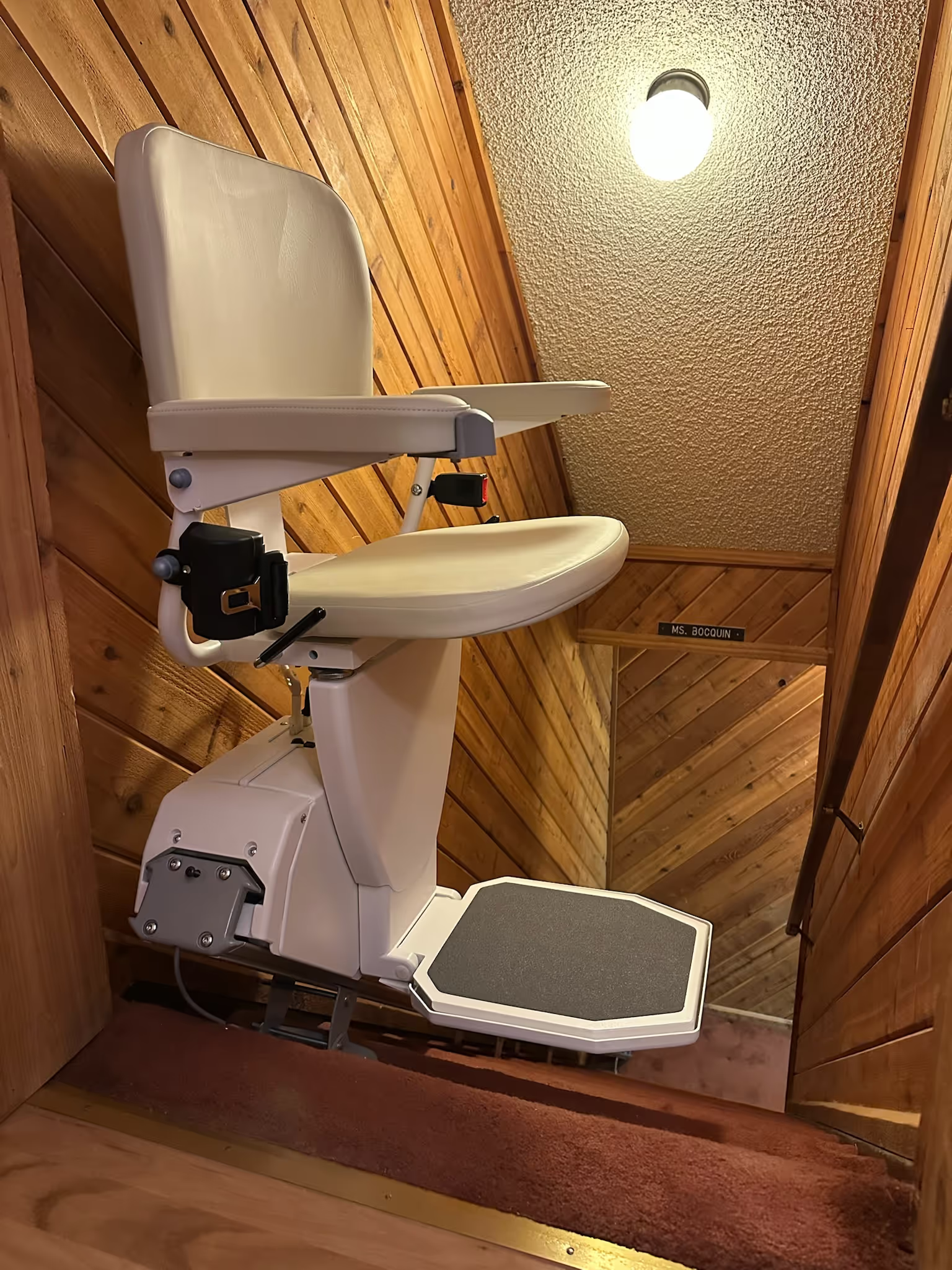Positioning and Installing Grab Bars for Greater Safety

Positioning and Installing Grab Bars for Greater Safety
Grab bars are basic safety devices often installed in the bathroom to improve user safety. The bars can be installed vertically, horizontally, or on an angle, but where specifically they should be installed varies for each installation. The key consideration in mounting grab bars is that they are properly secured to the wall so that when you reach for them, they will support your weight without pulling out of the wall.
Where Grab Bars are Used
The devices are commonly installed in and around tubs, showers and toilets, or floor-to-ceiling on walls by their own or in conjunction with other equipment.
In the shower or bath, grab bars might be used with a shower chair or handheld showerhead. They can help you maintain balance while you are entering or exiting the tub or shower or standing or turning within it. They also help prevents slips and falls.
Around the toilet, grab bars can help those who have difficulty balancing themselves while sitting down or in resuming a standing position. They are also handy for wheelchair-bound users who need to transfer to the toilet seat and then get back in their chairs.
Used as security poles, floor-to-ceiling grab bars can be used in the bedroom or other locations to help you get out of bed, raise yourself from a chair, or assist a caregiver in transferring patients.
ADA Requirements for Public Places Useful at Home
The ADA offers accessibility guidelines for public toilet facilities that do not need to be met for home installation, although they can be useful when determining style and installation. Some considerations include:
- Diameter of 1.25 to 1.5 inches or have a shape that offers an equivalent gripping surface.
- 1.5 inches clearance from the wall.
- Mounting height 33 to 36 inches from the centerline of the grab bar to the floor.
- Must withstand more than 250 pounds.
- Should be installed so that they do not rotate in their fittings.
- Side grab bars should be at least 42 inches long and mounted 12 inches from the rear wall, while rear grab bars should be 36 inches long and mounted 6 inches from the sidewall.
Older adults often like bars with a diameter of 1 to 1.25 inches, as these are easier to grip. The longer the bars are, the more gripping area they offer from a variety of positions. Bars made for home use offer considerable variety in appearance, as they are available in a variety of metal finishes, as well as decorator colors to enhance your bathroom. Some even have lighting to make them stand out.
Proper Installation Techniques
However they look, what is crucial is that the bars will do the job. In bathroom installations, for example, where they are installed depends on:
- The placement of the bathtub
- The plumbing layout
- The wall structure
- The method of bathing, i.e. shower or full immersion in the bathtub
- The user’s physical characteristics such as height, range of reach, muscle strength
Effective grab bars should be fastened to the studs or wall blocking, or in the absence of these, be attached with specialized mollies that spread out the grab force throughout a wider area of the wall for better support. The last scenario you want for yourself or your elderly relative is to grab the bar, pull out a section of the wall, and experience a fall.
The best way to ensure that bars are properly and securely fastened to the wall is to work with a contractor like Western Stairlifts that has experience in proper grab bar installation.
.svg)





